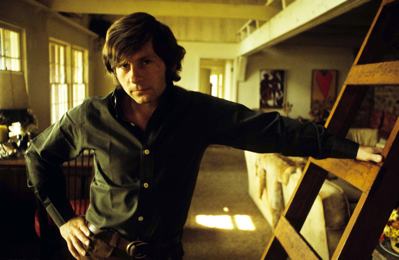Roman Polanski: Wanted and Desired

A fascinating documentary about the trial of superstar film director Roman Polanski on a variety of charges of sexual misconduct with a thirteen-year-old girl. It’s very sympathetic to Polanski, but it should be noted that the director/producer is a woman, and doesn’t ignore the suffering of the victim. The worst aspect of the entire case was the conduct of the judge, Laurence J. Rittenband, who courted the press throughout and changed the sentence several times in order to appear to be hard enough in front of the press. He was so bad that even the lawyer in charge of the prosecution thinks Polanski was hard done by.
The famous result of the case is that Polanski fled the US to live in France, having served 48 days in a kind of prison where he was mentally assessed and judged not to be a menace to society. He didn’t serve the full sentence, and the media spotlight caused harm to both the guilty party and the victim. After Polanski had fled, a sentence was arrived at that satisfied the family of the victim and would not have been overly punitive to the guilty party, but by then it was obviously too late.
It’s an intelligently made documentary, albeit one that doesn’t break new ground in documentary style. It’s the usual mix of talking heads and archive footage. There’s some snappy editing and good use is made of clips from Polanski’s films to illustrate what we presume his mental state must have been – for example, when he’s happy and in love with Sharon Tate we see clips of him dancing and making snowmen on the set of The Fabulous Vampire Killers and once events have taken a darker turn we see clips from the Hitchcock homage in drag, The Tenant. The documentary makers must have been very grateful that their subject not only appeared, but starred in a many of his films.
All of this means that the film focuses a lot more on Polanski than on Samantha Geimer, the girl who he took advantage of. This is necessary dramatically (he is a more interesting character) and technically, because his life is a lot more extensively documented (and you can’t tell a story on screen if you don’t have enough pictures to go with the words). Thankfully the presentation of the rape is achieved by bringing up lines from the testimony on the screen. First we hear the establishing events from one side and then from the other. Then as we get to the dramatic centre of the action the lines are intermingled and the story is told with one line from her and another from him. It’s involving, but not sickly. Midway through I started imagining what it would be like if there had been a soft-focus “reconstruction” of events like on tabloid TV journalism, and then I realised that this is exactly what Wanted and Desired isn’t.
